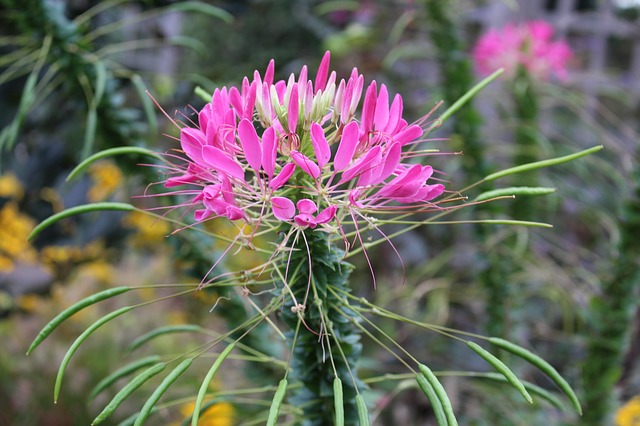Top 10 Beautiful Shade – Loving Flowers

1. Hardy Geranium
The hardy geraniums are flowering in late spring and they last until fall – they will make your garden look pretty for the entire summer! There are numerous assortments of the hardy geraniums and each requires its own conditions, however they all should be planted with the bloom crown at soil level, in fertile and moist soil. They turn out to be to some degree drought – intolerant as they develop, in any case you will need to water them occasionally.

2. Cyclamen Coum
With regards to cyclamens, these beautiful blossoms must be developed in the correct temperature. In nature, they develop in rather cool atmospheres, so if you keep them some place hot, the plant will turn yellow, while the blooms will begin to fade. When you get the correct temperature, the following vital stride is the watering. The cyclamen needs great drainage with a potting medium that holds water well and it’s extremely delicate to over or under watering.

3. Primroses
Primroses should be kept moist, yet be mindful so as to not over – moist them. This will keep the primroses far from root spoil. They should be treated once a month, except while they’re in bloom. In the event that you keep them inside your home, they additionally require high humidity, so it’s best to develop them in temperatures around 50 and 65 F.(10-18 C.). Despite the fact that you can plant it either outside or inside, you should know that it will be less demanding if you grow them in your garden.

4. Astilbe
These beautiful pink blossoms develop best in rather cool summers. They can develop between 6 inches and 5 feet tall and they begin flowering in late spring or early summer. Astilbes are truly simple to deal with – they endure wet soil and will endure full sun as long as their soil is moist. In any case, for the best development of the pretty astilbe, make sure to plant the flower in a site with light to full shade and moist, humus-rich soil.

5. Lobelia
Despite the fact that there are numerous assortments of this flower, with regards to home gardening, as a rule there are only three of them that are usually bought – L. inflata (Indian tobacco), L. cardinalis (Cardinal blossom), and L. siphilitica.
These delightful flowers require incomplete shade and moist, rich soil. The lobelias are a low-maintenance plant, as all you have to do after they’re well set up, is to water them consistently when it’s truly hot and fertilize them once a month.

6. Foxglove
Foxgloves require well – drained and rich soil that shouldn’t be left to dry sin order to allow re-growth, in light of the fact that the foxglove is a short – lived, biennial flower. This flower can develop well in partial or full shade, yet in the event that you live in a place where the summer is truly hot, at that point you should hold it under shade more. In the event that you like the way the foxglove look in your garden, you can leave the old blooms to dry out on the stalk and drop seeds for the next growth.

7. Cleome
Cleome is otherwise called spider flower because of it’s special shape. This bloom should be planted in spring, after all the frost is gone – simply press the seed onto the soil and keep it watered. If the soil in your garden is rich, at that point you won’t need to utilize composts in future and once the cleome is well – set up, it moves toward becoming drought – intolerant, so you can continue watering at minimum. It will then provide you with amazing flowers that will last until winter.

8. Impatiens
Impatiens can be propagated from cuttings or seeds, and if you buy them from any garden center, most likely you will get an already well – rooted plant. Until you plant them in the ground, water them frequently, because they will start to fade if they lack water. Impatiens need to be planted in well – drained soil, in partial or fool shade. You should also fertilize them regularly with water soluble fertilizer and at the beginning of the spring season and once more during the summer.

9. Bluebells
Before you plant a bluebell, try to test the soil to check whether it has the perfect pH level – it should be around 5.5 and 6.5. These beautiful bell – shaped flowers endure dry soil and should be watered every few days, so that their roots grab hold. In any case, you will see that weeds develop around bluebells, so you should pull them out at regular intervals, to ensure they’re not going to harm the bluebell’s roots.

10. Helleborus Orientalis
Hellebores are otherwise called Christmas rose or Lenten rose. They require partial to full shade and need to be planted in a well – drained soil. While developing, you have to keep them moist, however once they’re set up, they turn out to be fairly drought – intolerant. With regards to pruning, the hellebores ought to be pruned in early winter with removing old or harmed foliage of the evergreen. As perennials, hellebores come in few beautiful colors.



